Keeping Hospital Systems Alive: Why Downtime Is Not an Option
When a hospital’s digital nervous system—its Hospital Management System (HMS)—goes down, the consequences are immediate and severe. Patients wait longer. Doctors can’t retrieve charts. Billing halts. From admission to discharge, every minute of HMS downtime slows down care and stresses already-burdened teams.
That’s why hospitals need more than basic monitoring. They need AI-powered APM for Hospital Management Systems—a solution that not only tracks performance but predicts and prevents failure before it disrupts lives.
The Fragility of HMS in Modern Healthcare
Today’s HMS platforms are complex, often spread across hybrid cloud setups and interlinked with:
- EMRs, lab systems, and imaging software
- Billing, pharmacy, and OPD scheduling modules
- Portals for doctors, staff, and patients
Even a minor service hiccup can trigger cascading failures across systems.
Scenarios like these are increasingly common:
- A surge in OPD traffic crashes appointment scheduling
- EHRs timeout during physician rounds
- Billing queues pile up due to slow API response
Without predictive insights, IT teams often rely on alerts that arrive too late—after damage is done.
Why Traditional Monitoring Isn’t Built for Hospitals
Legacy tools monitor isolated metrics using static thresholds. That model fails in healthcare environments where:
- Load patterns change unpredictably
- Different services are deeply interdependent
- Speed and accuracy are equally critical
When traditional APM throws an alert, it doesn’t tell you the impact on care. Is this latency causing prescription delays? Are test results being held up?
That context is missing—and it matters.
The AI-Powered Shift: What OL-APE Does Differently
OL-APE (ObserveLite’s Application Performance Engineering) reimagines APM for hospitals. Instead of simply flagging problems, it predicts them, explains them, and can even resolve them.
Here’s how it changes the game:
1. Predictive Monitoring to Reduce HMS Downtime
OL-APE continuously learns from real-time data across your environment. It tracks subtle shifts—memory bloat, garbage collection delays, thread starvation—that often precede full-blown outages.
With this foresight, hospitals can:
- Resolve issues before OPD queues slow down
- Preempt service stalls before rounds begin
- Avoid billing blackouts at the end of day cycles
This AI-powered APM for Hospital Management Systems doesn’t just monitor—it protects uptime proactively.
2. Intelligent Diagnostics Without Human Bottlenecks
When something breaks, OL-APE instantly connects the dots across app logs, infra metrics, container states, and APIs.
Instead of “something’s wrong,” you get:
- What’s broken
- Why it happened
- Where to look
- How to fix it
This level of intelligent application monitoring in hospitals means faster resolution, smaller teams, and less guesswork.
3. Automated Healing for Always-On Operations
Once the root cause is known, OL-APE can automatically:
- Restart the failing service
- Trigger a rollback or cleanup
- Scale additional compute in peak hours
It’s automation, but with medical-grade precision.
Designed for Hospital Workflows, Not Just Applications
Unlike off-the-shelf APM tools, OL-APE is trained on healthcare-specific workflows. It tracks:
- EMR sync delays during shift changes
- Prescription generation API performance
- Downtime patterns in OPD booking modules
It also ensures compliance through role-based access, audit-ready logs, and HIPAA-aligned observability.
This isn’t just APM in hospital IT—it’s clinical uptime intelligence.
The True Cost of HMS Downtime
When HMS falters, so does patient trust.
- A failed discharge app delays hundreds of patients
- A slow EHR UI frustrates doctors and slows diagnosis
- A billing crash delays insurance processing and hits revenue
Studies show each hour of critical HMS downtime can cost tens of thousands in lost revenue—and much more in reputational damage.
Bridging the Gap Between DevOps and Clinical IT
Traditionally, APM stops at metrics. But what’s the use of alerting CPU spikes if you can’t link them to patient impact?
OL-APE changes that. For example:
- A slow radiology API = delayed scan access
- Failed sync = medication error risk
- Login bottlenecks = ER registration chaos
By aligning performance with care workflows, OL-APE helps hospitals focus on what matters most.
Conclusion: AI That Keeps the Hospital Running
As hospitals grow more digital, performance monitoring isn’t optional—it’s critical.
AI-powered APM for Hospital Management Systems ensures uninterrupted care delivery, protects staff productivity, and eliminates downtime risks.
With ObserveLite’s OL-APE, you move from reacting to incidents to preventing them entirely—giving doctors, admins, and patients the digital reliability they deserve.
Want to see OL-APE in action? Request a demo tailored to your hospital environment.


